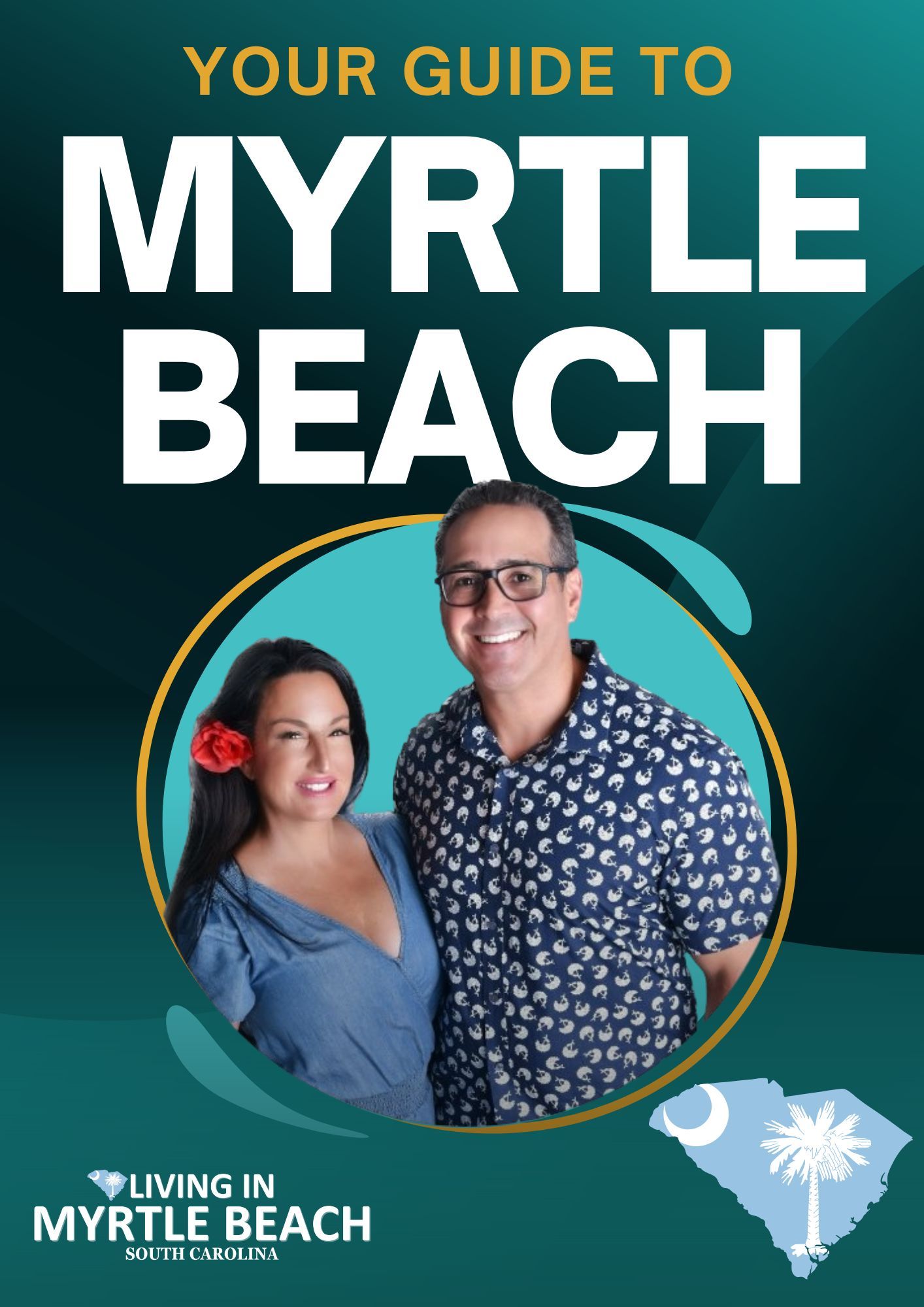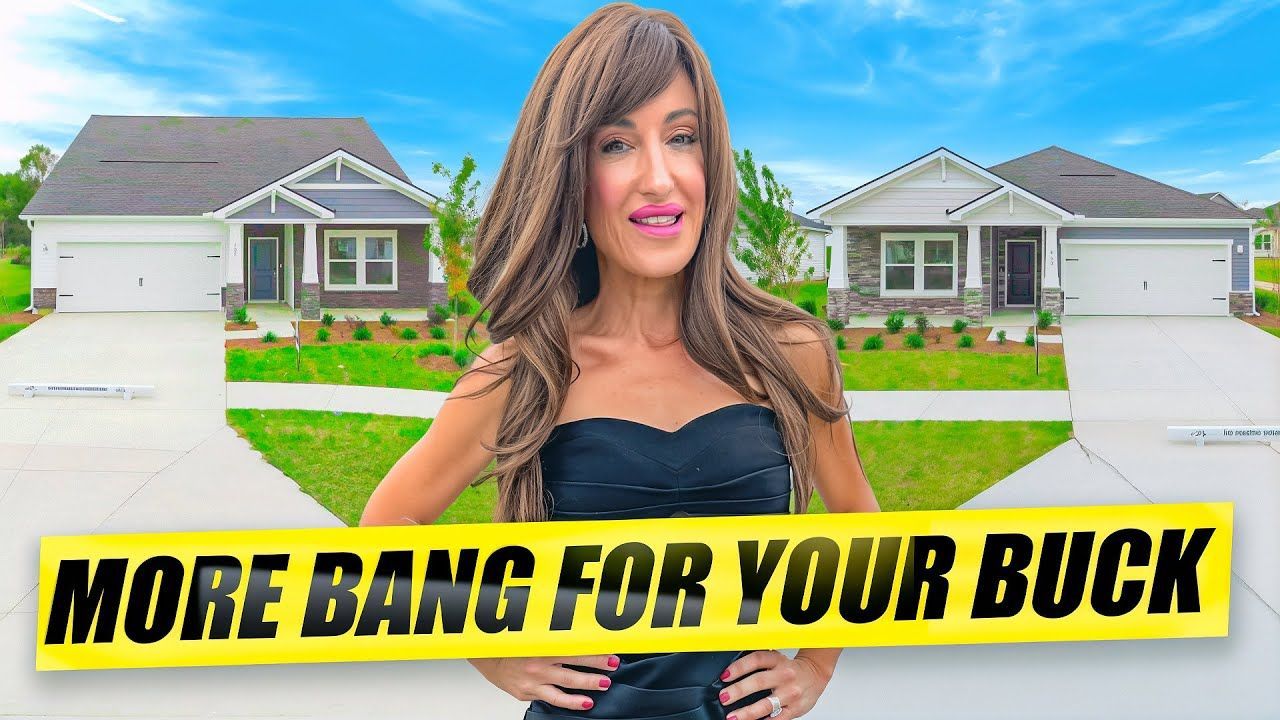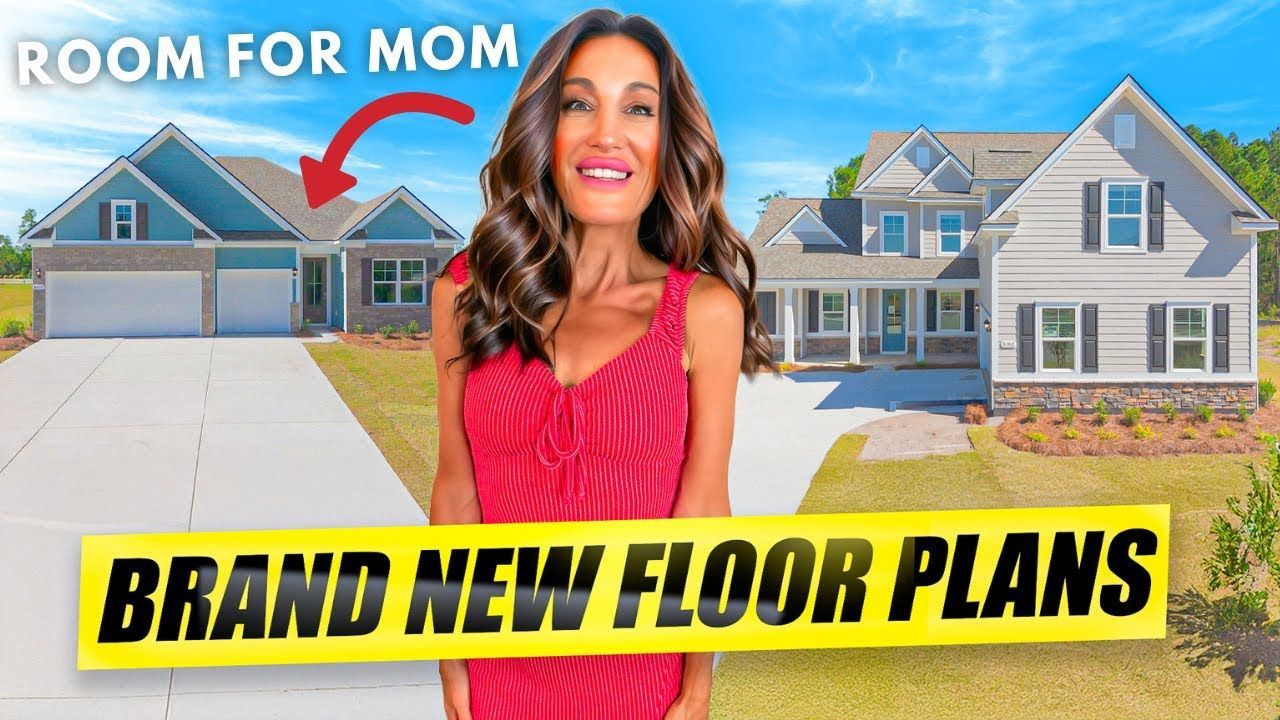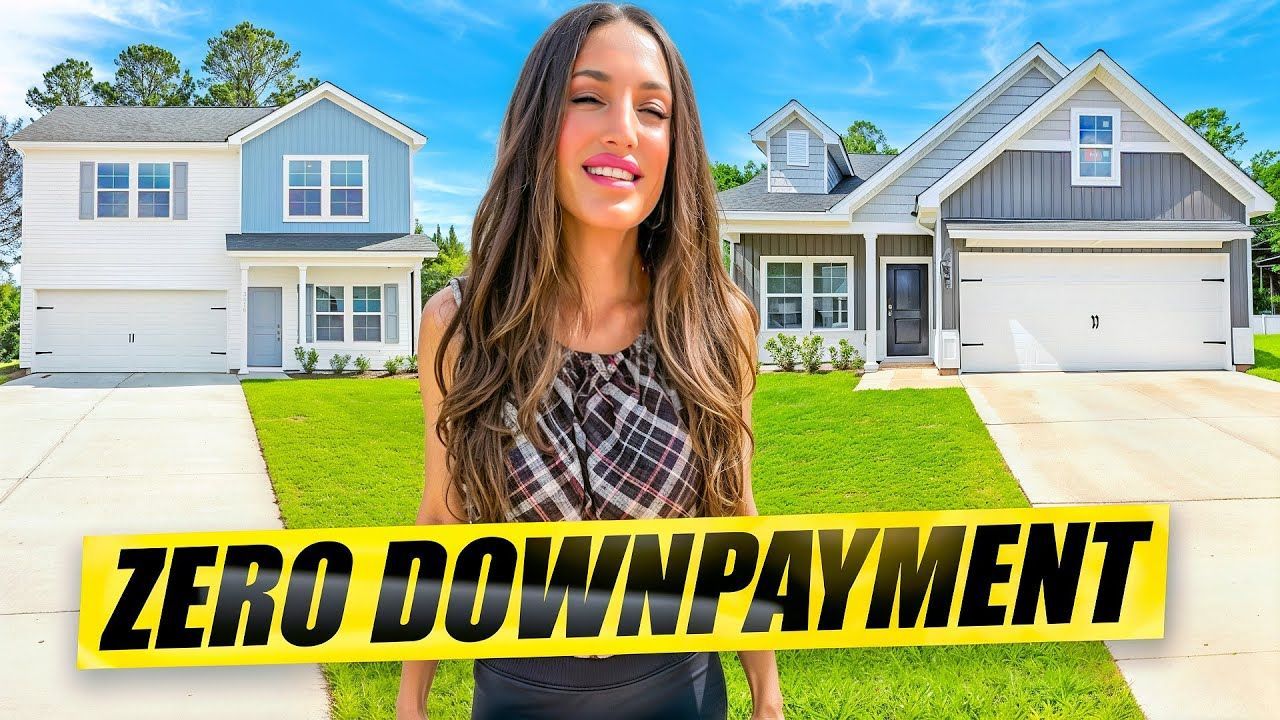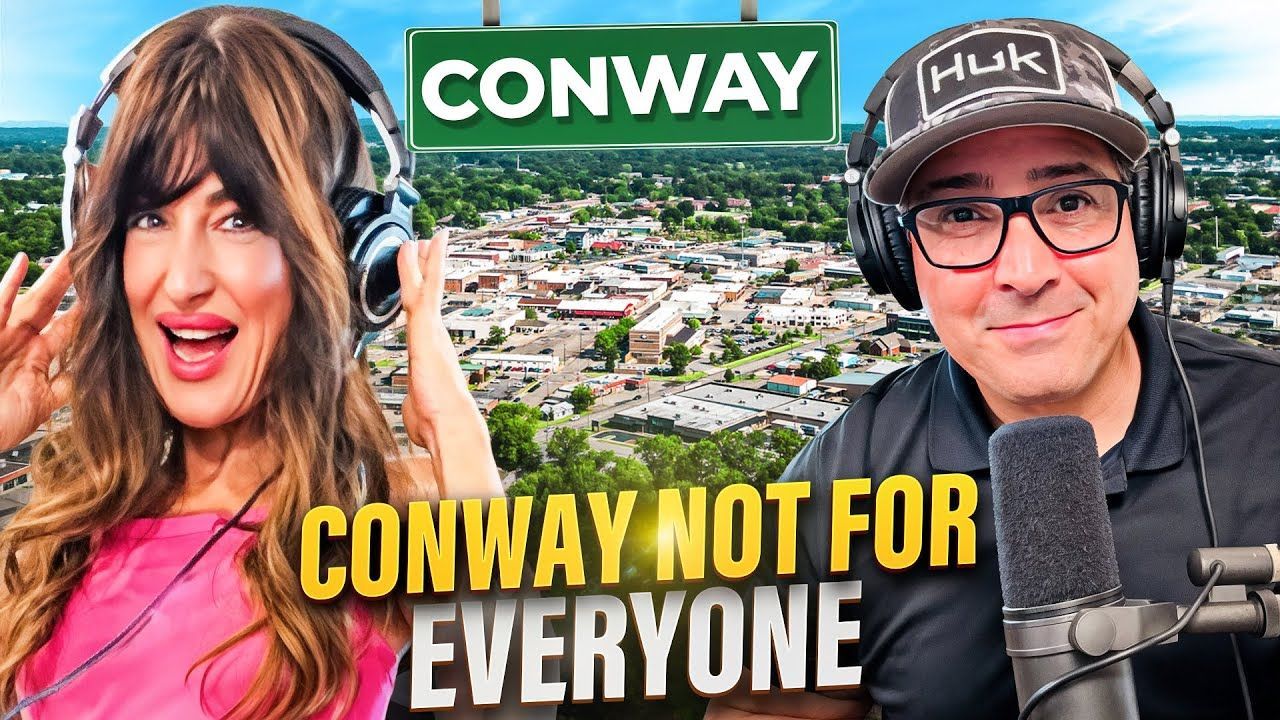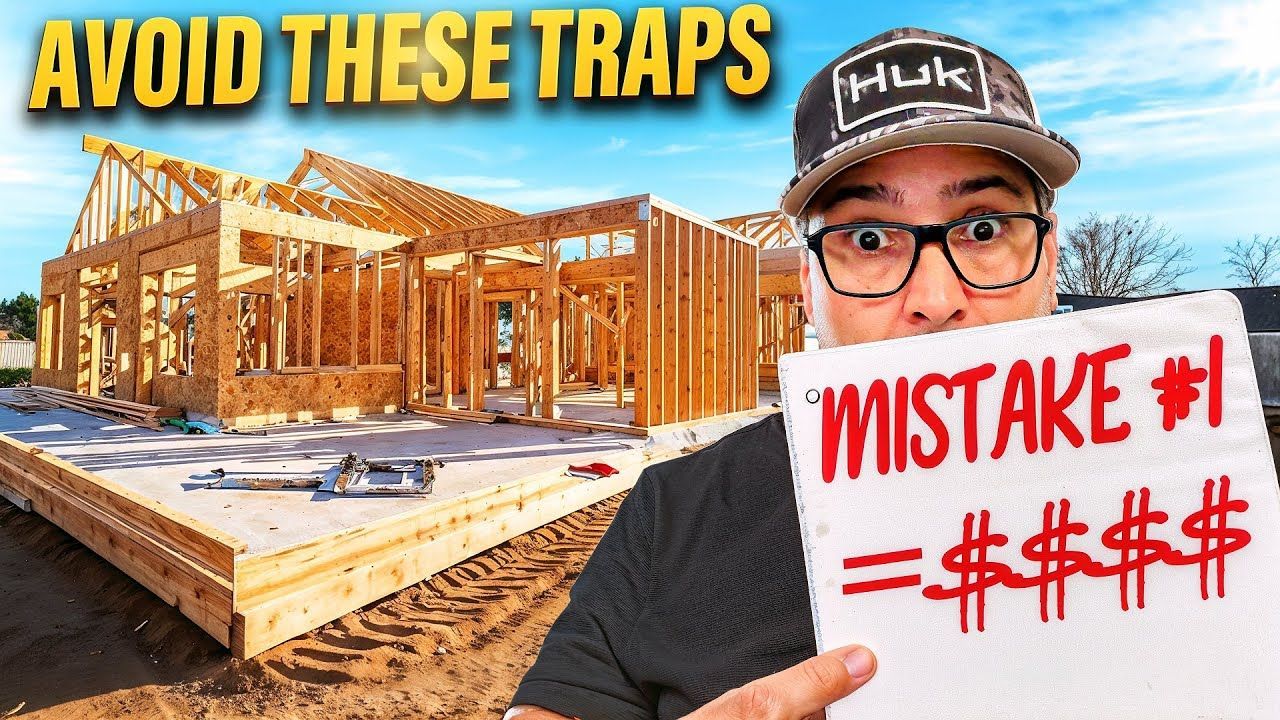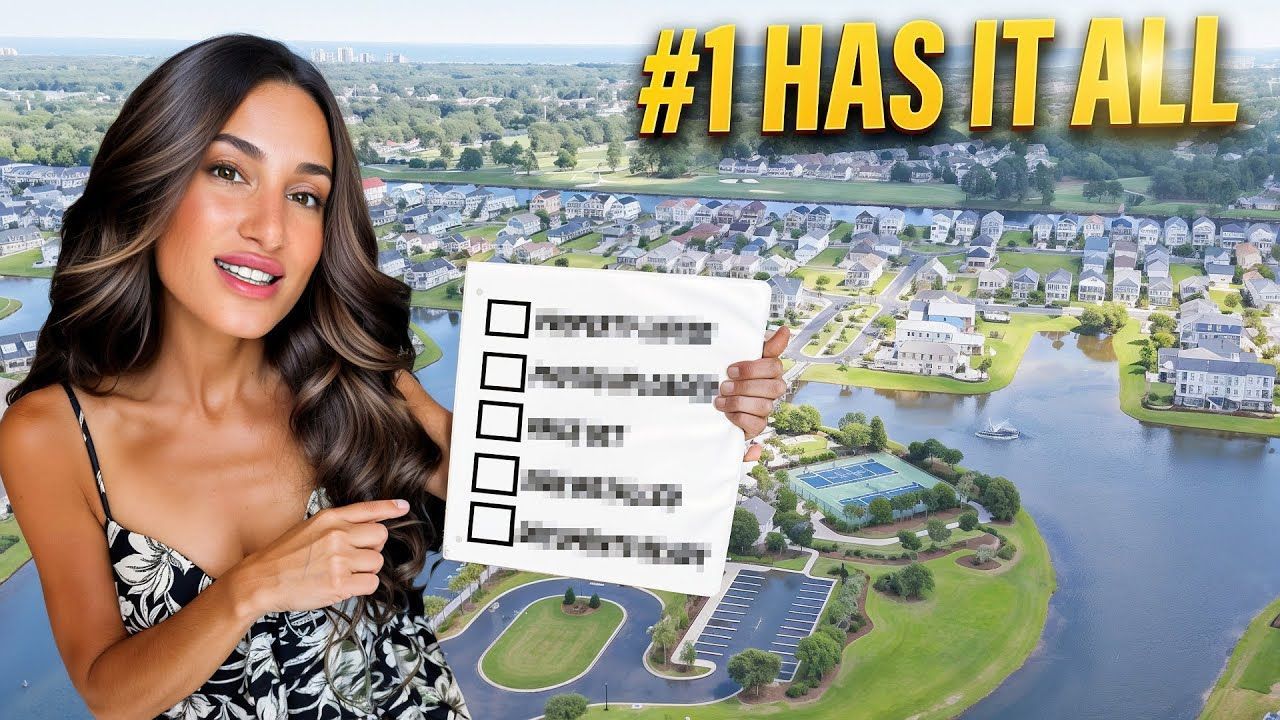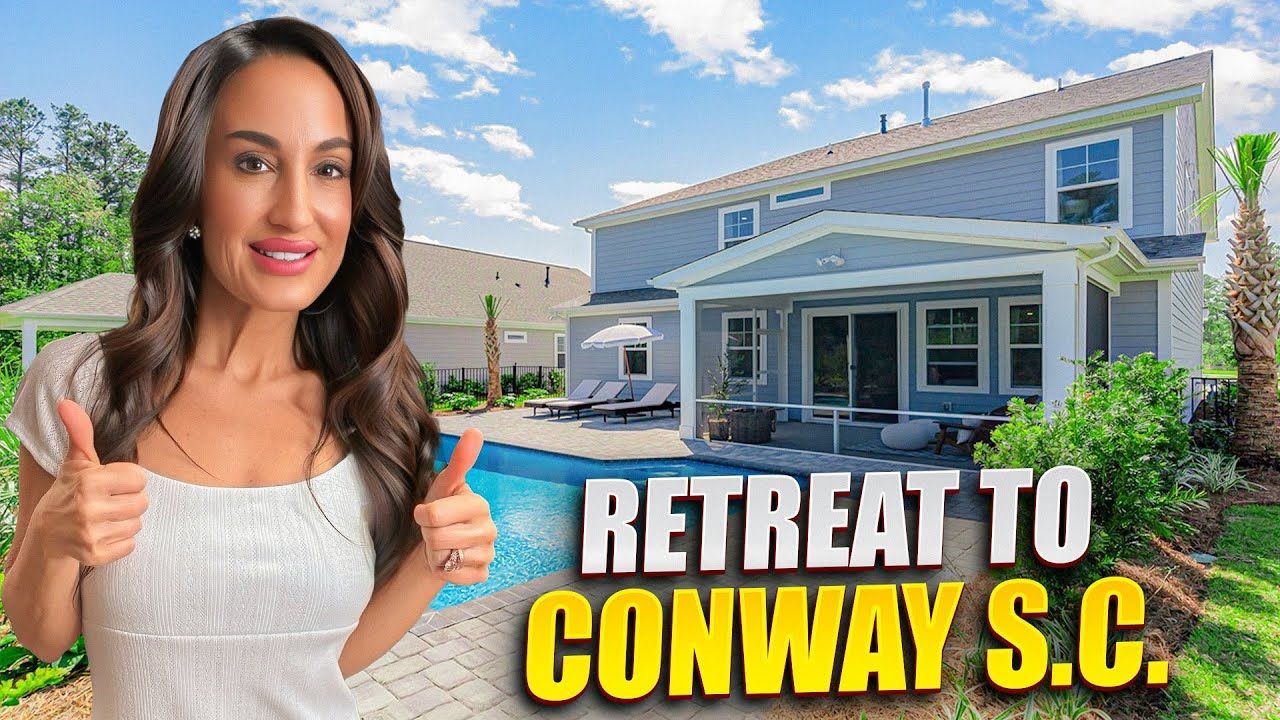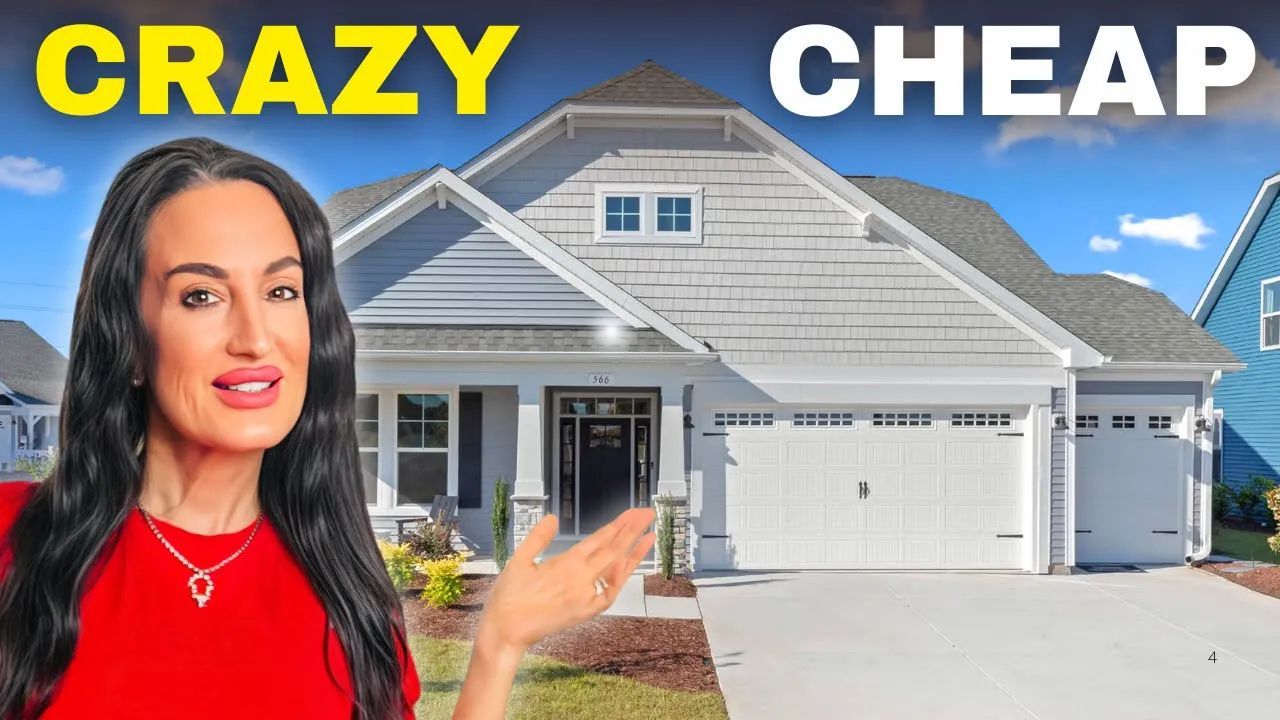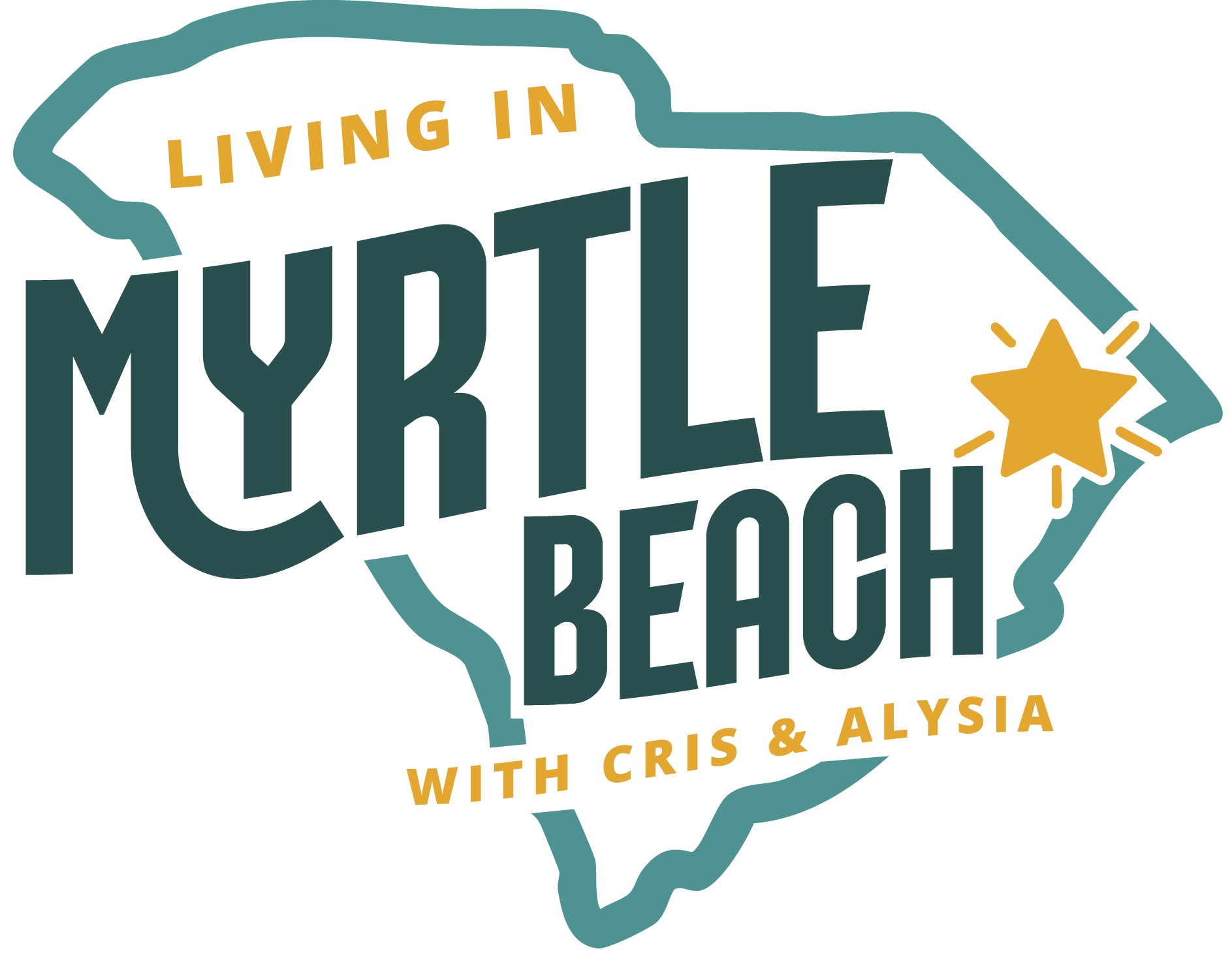7 Mistakes People Make When Buying in Myrtle Beach and How to Avoid Them
Table of Contents
- Introduction: The Most Common Myrtle Beach Home Buying Mistakes
- Mistake #1 — Focusing Only on “Myrtle Beach” Instead of the Full Grand Strand
- Mistake #2 — Underestimating Drive Times & Traffic Patterns in Myrtle Beach
- Mistake #3 — Ignoring Flood Zones, Drainage Issues & Elevation
- Mistake #4 — Overlooking Myrtle Beach Property Tax Differences (4% vs. 6%)
- Mistake #5 — Choosing the Wrong Myrtle Beach School District
- Mistake #6 — Misjudging Noise Levels, Tourism & Seasonal Crowds
- Mistake #7 — Buying a Home Without Checking Lifestyle & Community Fit
- Practical Relocation Checklist to Avoid Myrtle Beach Home Buying Mistakes
- Conclusion
- Frequently Asked Questions About Myrtle Beach Home Buying Mistakes
Introduction: The Most Common Myrtle Beach Home Buying Mistakes
Myrtle Beach home buying mistakes are common — not because people skip research, but because the area behaves differently than many expect. The Grand Strand is a ribbon of towns, highways, flood zones, varying tax rules, and seasonal crowds. Missing a handful of local rules or road patterns can cost you time, money, or peace of mind.
This guide walks through the seven biggest mistakes people make when moving to the Myrtle Beach area, explains why each matters, and gives practical steps to avoid them. Think of this as a relocation checklist: neighborhood fit, commute realities, flood risk, taxes, school zoning, seasonality, and lifestyle match. Follow these and you will sidestep the common pitfalls and make a confident, informed move.
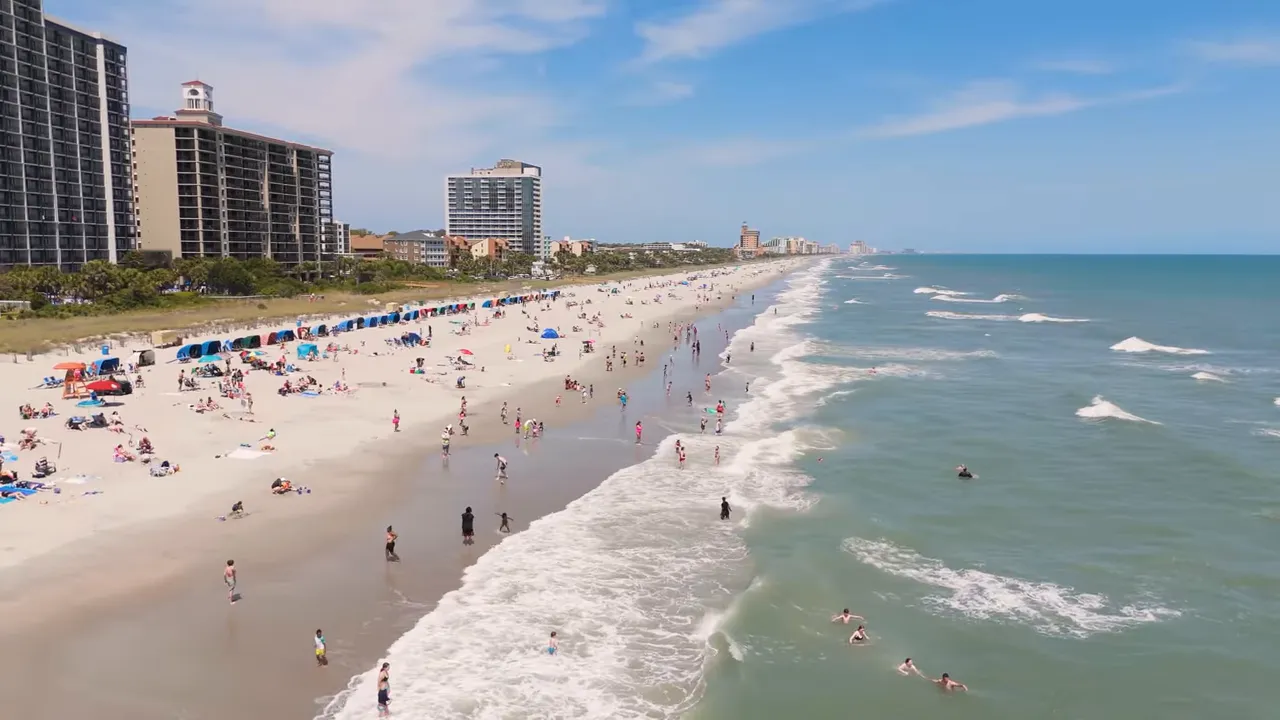
Discover Myrtle Beach’s New Construction Homes
Mistake #1 — Focusing Only on “Myrtle Beach” Instead of the Full Grand Strand
The single biggest mistake is using “Myrtle Beach” as a single destination. Locals use the brand name to mean a long stretch of towns and neighborhoods that run up and down the coast. Each town has a different vibe, price point, and daily rhythm.
Myrtle Beach home buying mistakes often start with assuming the city limits are the whole story. The city itself is compact and tourist-heavy, but the Grand Strand includes Little River, North Myrtle Beach, Conway, Carolina Forest, Longs, Loris, Surfside, Garden City, Murrells Inlet, Pawleys Island, and more.
- Little River and the border towns are quieter and attract retirees and people who want easy access to North Carolina without moving across state lines.
- Carolina Forest is a master planned community popular with families because of newer schools and amenities.
- Longs and Loris offer more land and a country feel for lower prices.
- North Myrtle Beach typically shows higher median prices because of its coastal amenities.
Median pricing differences show how location drives value. If you want more home for your money, expanding your search to the wider Grand Strand is essential.
Mistake #2 — Underestimating Drive Times & Traffic Patterns in Myrtle Beach
On a map, everything looks close. In real life, summer traffic and event congestion turn short drives into long ones. Underestimating commute times is a top Myrtle Beach home buying mistakes cause of regret.
Key roads you need to know:
- US-501 is the main east-west artery loaded with big-box retail, hospitals, and shopping. It becomes congested during May through August.
- SC-22 provides a reliable alternate route from northern neighborhoods down toward the beaches and helps avoid 501 bottlenecks.
- SC-9 is lined with new communities connecting inland neighborhoods to the coast.
- US-17 runs north-south and can become heavily congested around events and holidays.
- SC-31 is the bypass that locals use to avoid the worst of the traffic on 17 and 501 during peak season.
Strategies to avoid traffic frustrations:
- Choose neighborhoods near the roads you will actually use every day rather than near the nearest beach access.
- Plan a self-guided tour route that flows instead of zigzagging across the county.
- Visit during different seasons to feel traffic and event impacts firsthand — a January visit is very different from July.
Mistake #3 — Ignoring Flood Zones, Drainage Issues & Elevation
Flood risk and elevation are easy to miss but very costly to ignore. Falling in love with a backyard view that sits on a retention basin or in a high-risk FEMA zone is a frequent Myrtle Beach home buying mistakes story.
How to check flood risk:
- Look up the address on the FEMA flood map. You want properties in Zone X (low to moderate risk) instead of AE (high risk, mandatory flood insurance).
- Contact a local insurance agent and ask directly whether the property requires flood insurance and for an estimate of premiums.
- Check listing details and professional reports — many property listings include flood zone information in a downloadable report.
Practical tips:
- Assume the coastline and low-lying marshy areas carry greater flood risk. Even inland pockets can be problematic if drainage is poor.
- Budget for flood insurance if you are near waterways or in low-lying neighborhoods. Even Zone X properties face occasional heavy storms.
- Ask the seller or builder for elevation certificates where available and include flood contingency language in offers if needed.
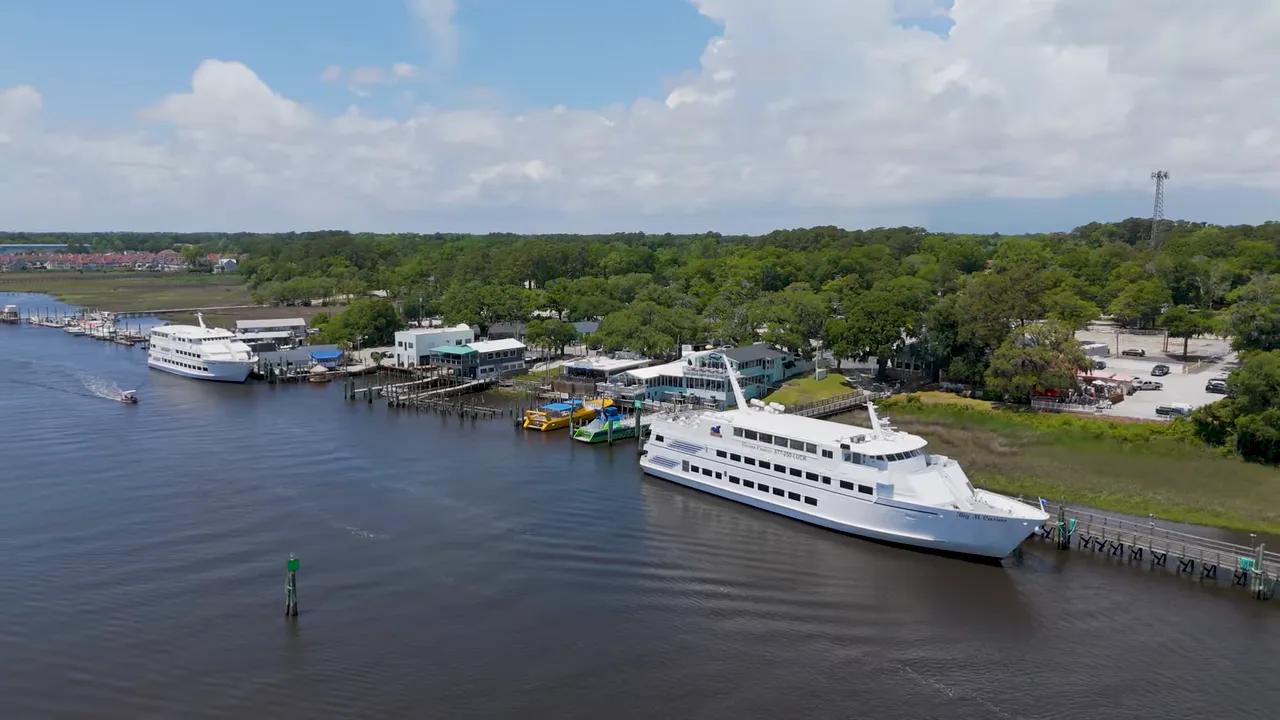
Mistake #4 — Overlooking Myrtle Beach Property Tax Differences (4% vs. 6%)
Property taxes in this region are a major financial advantage for many buyers coming from high-tax states — but classification matters. One of the most overlooked Myrtle Beach home buying mistakes is not understanding how primary residency status changes your property tax rate.
Key facts:
- Primary residences are taxed at an effective 4 percent rate for assessment calculations used by the county.
- Secondary homes or vacation properties are taxed at an effective 6 percent rate in many cases.
How to estimate taxes for a specific property:
- Visit the county assessor’s website and use the property lookup. Copy the property identifier or PIN and use the assessor’s tax estimate tool to compare 4 percent versus 6 percent scenarios.
- At closing, file the paperwork to claim the property as your primary residence. The county typically gives a year to prove residency.
- To keep the 4 percent status, get a South Carolina driver license and file South Carolina state taxes. Bring proof to the assessor’s office the following year.
Why it matters: on identical homes, tax differences can amount to thousands of dollars per year. Confirm classification early and complete the residency paperwork right after closing to lock in the lower rate.
Mistake #5 — Choosing the Wrong Myrtle Beach School District
For families, school zoning often determines whether a house is truly the right choice. Crossing a street can sometimes put you in a different school zone. Missing this detail is one of the most emotional Myrtle Beach home buying mistakes.
How to confirm school zones:
- Use the county school district’s interactive map and type the property address to see assigned elementary, middle, and high schools.
- Cross-reference school names with rating sites like Niche to see reviews, test scores, and community feedback.
- Contact the school district directly if there is any ambiguity or pending rezoning due to new construction.
Practical recommendations:
- Determine school zone before making an offer. If schools matter to your family, make zone confirmation part of your due diligence checklist.
- If a particular neighborhood is desirable but outside your preferred school zone, look for nearby alternatives with similar amenities but different zoning.
- Ask about new schools coming online. Rapidly growing areas may change boundaries as new schools open.
Mistake #6 — Misjudging Noise Levels, Tourism & Seasonal Crowds
Some neighborhoods change personality with the seasons. What feels tranquil in February can become crowded and noisy in July. Expecting year-round calm is a common Myrtle Beach home buying mistakes trap.
What to expect:
- Peak tourist months bring festivals, concerts, special events, and large numbers of short-term rentals. Main attraction strips will be busiest.
- Major events like bike weeks, beach festivals, or fireworks shows can significantly increase noise and traffic.
- Neighborhoods labeled as “family beach” or local favorites often have regulations that limit certain disruptive behaviors, but they still fill up in summer.
How to evaluate seasonality before you buy:
- Visit the area in multiple seasons including peak summer and quieter months to get a realistic feel for noise, traffic, and crowding.
- Ask locals which beaches and neighborhoods remain calmer during busy times and which are always busy.
- Consider distance to the boardwalk, ferris wheel, or major entertainment areas; if you can see the ferris wheel from a property, you are likely very close to peak crowds.
Mistake #7 — Buying a Home Without Checking Lifestyle & Community Fit
Homes are physical spaces, but neighborhoods are lifestyles. The final and most overlooked type of Myrtle Beach home buying mistakes is selecting a house that does not match how you want to live.
Questions to ask yourself before locking in a neighborhood:
- Do you want a social, golf-friendly community or a quiet, private street?
- Are you looking for year-round neighbors or a place that feels like a constant vacation with many short-term rentals?
- Do you need walkability, proximity to restaurants, or a family-focused neighborhood with parks and schools nearby?
Tools and steps to match lifestyle and community:
- Download Your FREE Myrtle Beach Relocation Guide with neighborhood breakdowns by lifestyle, price range, and key features.
- Explore interactive maps that show listings, video tours, and neighborhood playlists to get a sense of the local rhythm without visiting every single community.
- Schedule conversations with local agents who ask about the lifestyle you want and then narrow options by that criteria rather than by a single city name. Work with us directly, schedule a one-on-one consultation or call/text us at 833-867-4376 and we’ll help tailor your search.
Practical Relocation Checklist to Avoid Myrtle Beach Home Buying Mistakes
When you are ready to act, run through this checklist to avoid the most costly Myrtle Beach home buying mistakes:
- Define the lifestyle you want and list towns that match it.
- Map commute routes and test drive them during expected times of use.
- Check FEMA flood maps and confirm with insurance providers.
- Estimate property tax at both 4 percent and 6 percent rates using the county assessor tool.
- Confirm school zoning from the district map and check school ratings.
- Visit in at least two different seasons before committing.
- Confirm HOA rules, short-term rental density, and any community regulations that affect daily life.

VIEW HOMES FOR SALE IN MYRTLE BEACH
Conclusion: How to Confidently Navigate Myrtle Beach Home Buying
Moving to the Grand Strand can be an incredible lifestyle shift, but avoiding the common Myrtle Beach home buying mistakes requires local knowledge and a checklist approach. Think beyond a single city name, learn the road patterns, verify flood risk, sort out taxes and school zones, and match the neighborhood to the lifestyle you actually want.
Get the facts before you write an offer and you will protect your budget and your future happiness.
Need help buying a home? Contact us — call or text 833-867-4376 and we'll guide you through the process, help you avoid costly mistakes, and find the neighborhood that fits your lifestyle.
Frequently Asked Questions About Myrtle Beach Home Buying Mistakes
How can I quickly check if a property is in a FEMA flood zone?
Enter the property address on the FEMA flood map viewer and switch to the dynamic map view. For added certainty, call a local insurance agent who can provide premium estimates and confirm whether flood insurance will be mandatory.
What is the difference between the 4 percent and 6 percent tax classifications?
Primary residences are typically assessed under the lower effective rate; second homes and vacation properties are assessed at the higher rate. File residency paperwork after closing and prove South Carolina residency the following year to maintain the lower classification.
Which roads should I learn before moving to the area?
Familiarize yourself with US-501 for shopping and services, SC-22 and SC-9 for east-west alternatives, US-17 for the main north-south spine, and SC-31 as the bypass to avoid heavy congestion.
Can I avoid tourist crowds while still living near the beach?
Yes. Choose towns and neighborhoods that are locally preferred during peak season, explore nearby quieter beaches like Cherry Grove, Surfside, or parts of North Carolina, and avoid properties within sight of major attractions like the boardwalk ferris wheel.
How many times should I visit before buying?
Visit at least twice in different seasons — ideally once in a quiet season such as winter or spring and once during peak summer — so you can experience both the calm and the busy sides of the area.
Where can I find a breakdown of neighborhoods by lifestyle and price range?
Look for local relocation guides and interactive maps that classify towns by lifestyle, price range, and key amenities. These resources highlight which areas are family-focused, golf-centric, retiree-friendly, or geared toward short-term rental markets.
READ MORE: Top 7 Myrtle Beach Neighborhoods to Live in 2025 - Which Neighborhood Fits You?
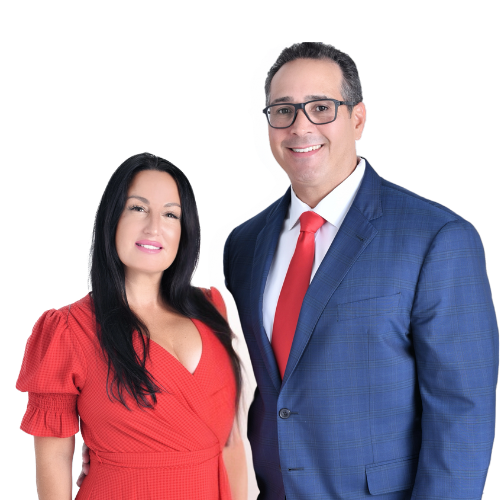
Cris & Alysia
A husband-and-wife team with a passion for helping people find their perfect home in sunny Myrtle Beach. Together, we bring decades of experience, a whole lot of heart, and a shared commitment to making real estate an exciting, stress-free journey for our clients.
